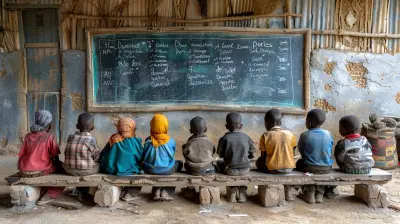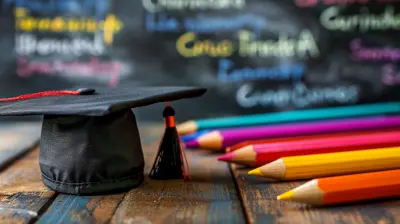Incorporating Lifelong Fitness Skills into High School PE
1 October 2025
Have you ever thought about what sticks with us long after the final whistle blows in gym class? It's not always the memories of dodgeball or the thrill of scoring the winning point in flag football. What should truly last a lifetime are the skills we carry forward — the habits, mindsets, and movements that help keep our bodies strong, energized, and ready for anything life throws at us.
High school Physical Education (PE) has long been viewed as a place for sports drills and mandatory laps, but it’s time we shake things up. It’s time to reimagine PE as a springboard for real life — a launchpad for lifelong fitness. As educators, parents, and shapers of young minds, we owe it to the next generation to give them more than just a passing grade in physical fitness; we should be handing them the user manual for a healthy life.
So, how do we do that? How do we embed lifelong fitness into the fabric of high school PE? Let’s dive into it.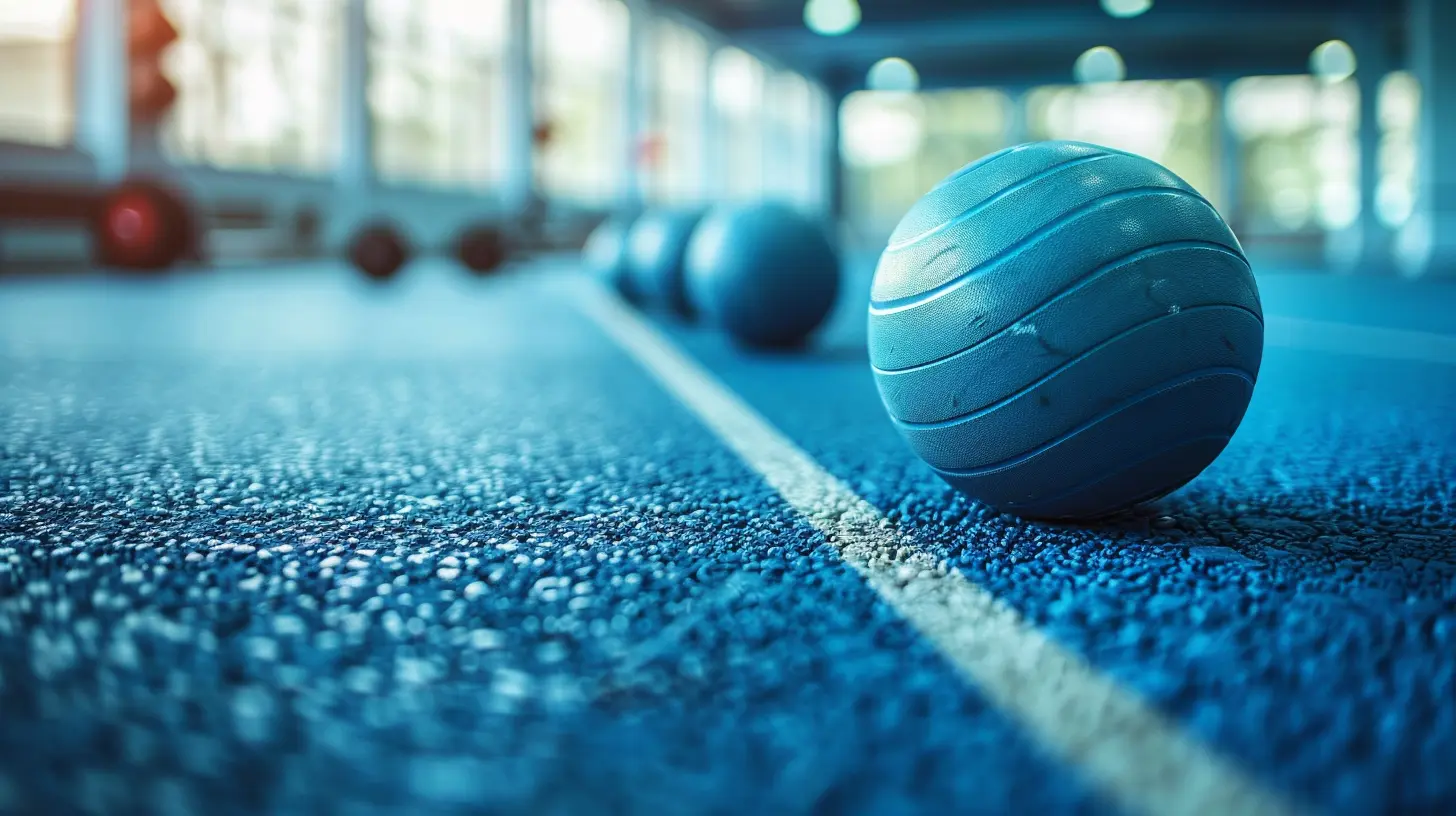
Why Lifelong Fitness Belongs in High School PE
Let’s face it — most of us weren’t taught how to stay fit outside of school. We knew the rules of basketball, maybe how to stretch before running, and that was about it. But when it came time to navigate adulthood? We were left figuring it out ourselves — buried under fitness myths and half-hearted New Year’s resolutions.Incorporating lifelong fitness into high school PE means arming students with more than just athleticism. It means teaching them how to move, how to listen to their bodies, how to set their own goals, and yes — how to enjoy the process. It’s about giving fitness a new face — one that’s inclusive, sustainable, and personalized.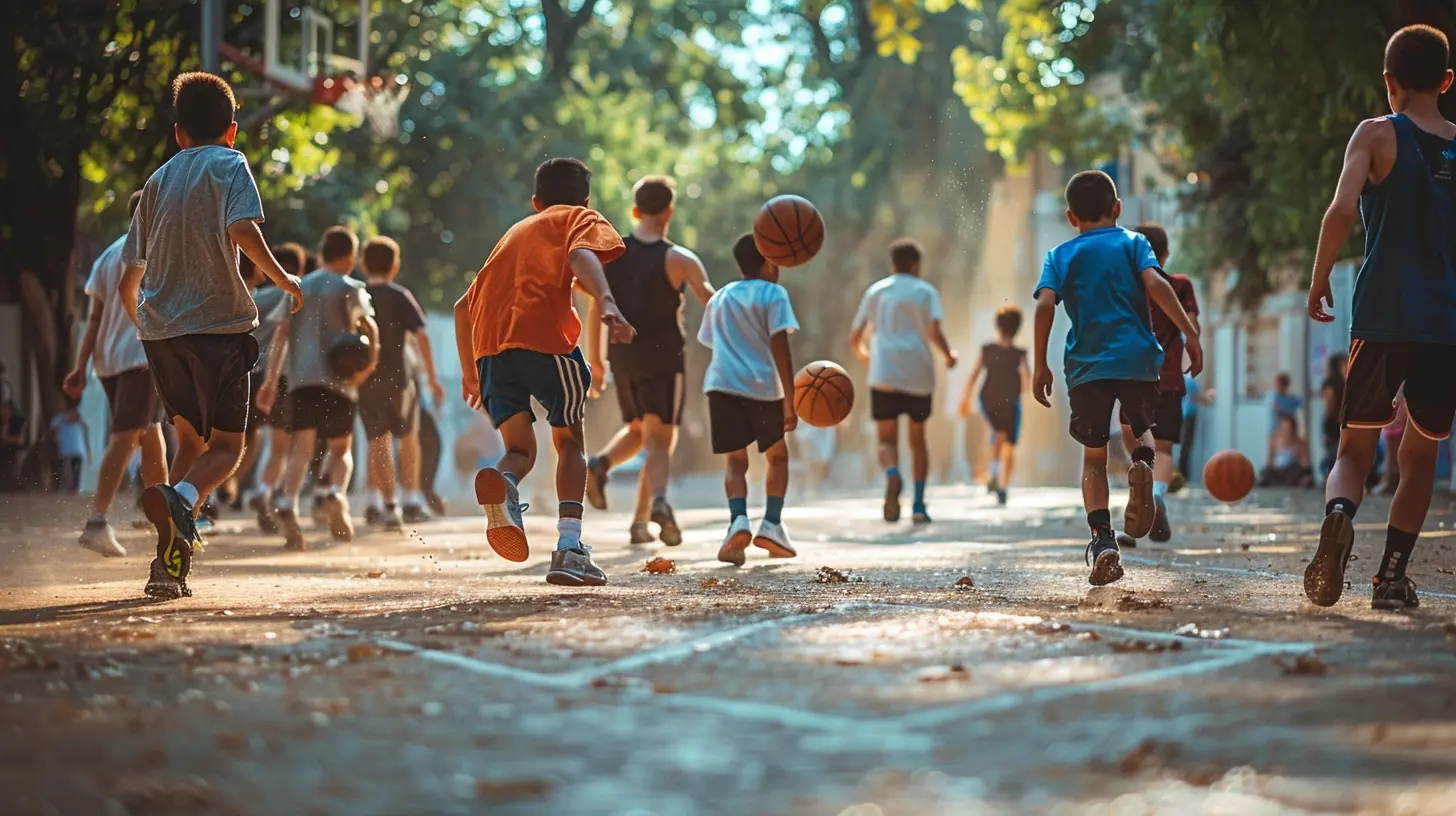
Not Just About Sports: Redefining PE for Everyone
Some students live for the game. Others? They dread walking into the gym. And that’s part of the problem.Traditional PE can often feel like it’s tailored to the naturally athletic, leaving everyone else overwhelmed or uninspired. But lifelong fitness? It’s for everyone. It doesn’t care about your free throw percentage or your mile time. It cares about your health, your energy, and your ability to function happily every day.
That means we’ve got to rethink what gets taught. Instead of focusing solely on competitive sports, why not offer:
- Yoga and mindfulness: Teaching students how to breathe, move, and stay grounded.
- Strength training basics: Safe forms, bodyweight training, and injury prevention.
- Cardio alternatives: Biking, hiking, dance-based workouts.
- Functional movement patterns: Squats, hinges, pushes, pulls — the building blocks of movement.
- Fitness journaling: Encouraging reflection and progress tracking.
Make it diverse. Make it accessible. Make it something they can carry into their 30s, 40s, and beyond.
Teaching Autonomy: From Command to Compass
Remember the days of strict drills and coaches yelling orders? That might whip a team into shape, but when it comes to lifelong fitness, autonomy is the secret sauce.Students need to feel like they have control over their fitness journey. The key is empowerment over enforcement.
Here are some ways teachers can help students take ownership:
- Let them choose between activities in class.
- Goal setting sessions at the beginning of each term.
- Teach the "why" behind each movement or exercise.
- Introduce them to wearable tech like step counters and heart rate monitors.
- Include lessons on fitness myths, diet culture, and sustainable health.
When students understand the "why," they’re more likely to pursue the "how."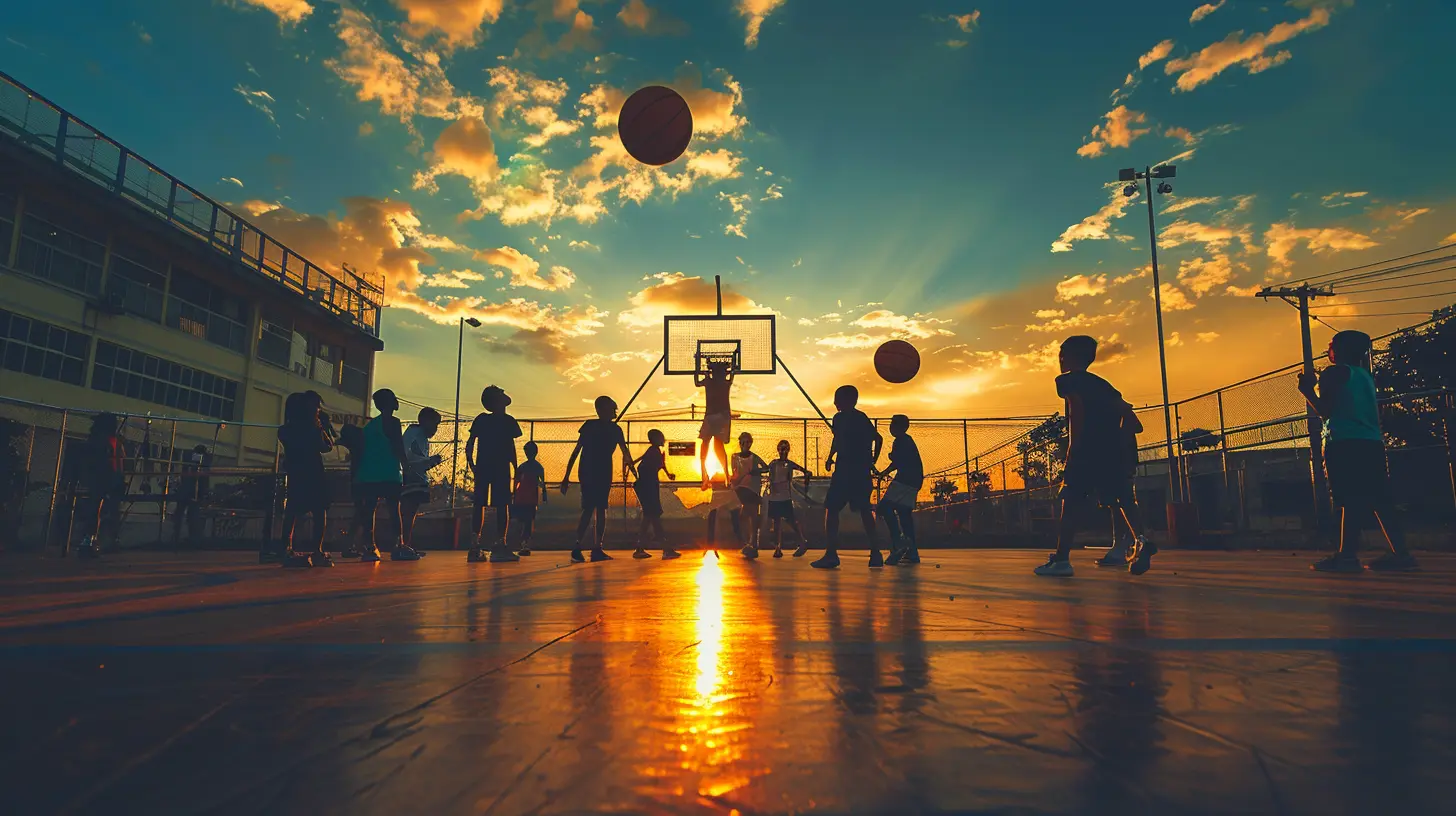
The Mind-Body Connection: Mental Health Meets Movement
Fitness isn’t just about the physical. If we’re being honest, many kids are struggling these days — anxiety, stress, and the constant buzz of smartphones all take a toll.High school PE can be a powerful counterweight.
Teaching lifelong fitness includes showing students how movement improves mood, memory, and mental clarity. That means weaving mental health into the PE curriculum.
🧠 Picture this: A 10-minute mindfulness cooldown at the end of class. Journaling time. Reflection circles where students discuss how they felt before and after movement. PE can become as much about inside-out strength as it is about outside-in.
Life Is the Final Exam — Let’s Train for It
Here’s the deal: Most students won’t become professional athletes (and that’s totally okay). What they will become are working adults, parents, travelers, creators — humans navigating life. And life requires mobility, strength, endurance, and resilience.By giving students life-applicable tools, we’re preparing them for:
- Lifting groceries, not just weights.
- Climbing stairs, not just stadium bleachers.
- Managing stress through movement, not just by escaping it.
Think of it as training for the marathon of life. Less about the scoreboard, more about sustainability.
Real Skills That Stick: What to Actually Teach
Let’s get into the nitty-gritty. What should "lifelong fitness" actually look like in the curriculum?1. Functional Movement Fundamentals
We’re talking squats, lunges, pushes, pulls, rotations. Teach it slow and teach it smart. Focus on form over reps. These movements translate directly into daily life.2. Body Awareness & Mobility
Introduce concepts like dynamic vs. static stretching, foam rolling, and mobility flows. Help students understand how their bodies move and why that matters.3. Cardiovascular Health
Not everyone loves running — and that’s okay! Offer diverse ways to get the heart pumping: jump rope, HIIT circuits, dance, even brisk walking challenges.4. Nutrition Education
Nothing over the top. Just the basics:- What fuels energy for movement?
- How does hydration affect performance?
- What’s the deal with protein, carbs, and fats?
And most importantly — how to separate truth from fitness fads.
5. Mental Fitness
Implement daily gratitude practices, stress-relief exercises, breathing techniques, and mindfulness breaks. The mind is a muscle, too.6. Goal Setting + Progress Tracking
Teach kids how to set SMART goals, reflect on their progress, and pivot when needed. Introduce them to fitness journals or simple tracking apps.Keeping It Fun: The Magic Ingredient
Let’s be real — if it’s boring, it’s not gonna stick.Make it playful. Incorporate music, team challenges, obstacle courses. Let students lead warm-ups or design their own mini-workouts. Celebrate progress, not perfection.
Lifelong fitness isn’t about grinding it out at 6 AM. It’s about finding joy in movement. And that joy? That’s what keeps people coming back.
Breaking the Mold: Innovative Program Ideas
Want to really shake things up? Here are some out-of-the-box ideas schools can try:- "Move More" Weeks: Where students track activity levels and compete class vs. class.
- Fitness Mixers: Rotate through yoga, dance, cross-training, and sports.
- Community Walks/Runs: Involve families and local groups.
- PE Podcasts or YouTube lessons: Get students creating content about fitness.
- Virtual PE options: For students who prefer solo or at-home workouts.
The more variety, the more students find their "thing."
Building a Culture of Movement
Incorporating lifelong fitness into PE isn't just about curriculum change — it's about cultural change.Imagine a school where movement is woven into the fabric: teachers take walking meetings, recess is movement-focused, and morning announcements include wellness tips. That kind of synergy plants seeds that last.
And when students see movement as normal, not a chore? That’s when it lasts forever.
Final Thoughts: The Long Game of Fitness
High school should be more than just a pit stop before adulthood. It's the training ground for the rest of our lives. And PE? It has the power to shape not just strong bodies, but strong habits.By teaching lifelong fitness skills, we’re not just preparing students for their test next week — we’re preparing them for their 60s, their 70s, and the marathon of existence that awaits us all.
So let’s teach them how to move, how to breathe, how to listen to the rhythm of their bodies. Let’s help them fall in love with feeling alive.
Because at the end of the day, it’s not about winning the game.
It’s about being well enough to keep playing.
all images in this post were generated using AI tools
Category:
Physical EducationAuthor:

Monica O`Neal
Discussion
rate this article
1 comments
Eliza Lamb
This article beautifully highlights the importance of lifelong fitness skills in high school PE. It’s inspiring to see educators recognizing the value of equipping students with the tools to maintain healthy habits beyond school. Thank you for sharing these insights!
October 5, 2025 at 10:23 AM

Monica O`Neal
Thank you for your kind words! I'm glad you found the article inspiring and meaningful. Lifelong fitness is crucial for students' well-being!
